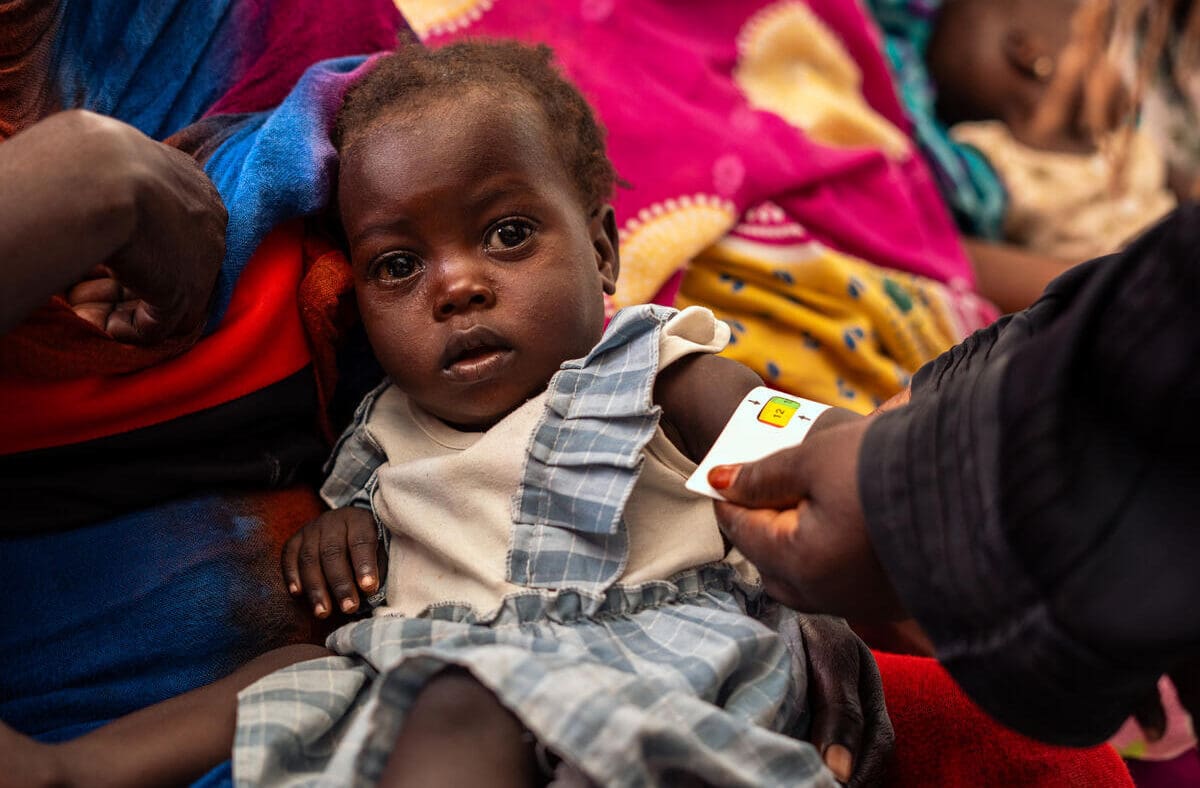
FAMINE CONFIRMED:
In Sudan’s North Darfur Zamzam Camp
The conflict in Sudan has created the world’s largest hunger crisis. WFP urgently needs your support to scale up operations and reach people in Sudan with lifesaving food.
Famine has been confirmed in Zamzam camp in Sudan’s conflict-rocked North Darfur Region. Another 13 areas in Sudan – largely in Darfur, Kordofan, Khartoum and Gezira – are at risk of famine. The conflict has already triggered the world’s largest hunger crisis spanning Sudan, South Sudan and Chad. WFP is doing everything possible to deliver emergency food assistance to affected communities.
People displaced by the conflict
People face extreme hunger
People WFP aims to assist in 2024
Facts About Sudan
Population: 48.1 million people.
Geography: Sudan is located in northeastern Africa and shares borders with Egypt, Libya, Chad, the Central African Republic, South Sudan, Ethiopia and Eritrea, along with a coast on the Red Sea.
Economy: The 2011 secession of South Sudan sent economic shockwaves across Sudan from which the country is still recovering from. Instability and inflation have hampered Sudan’s economic growth.
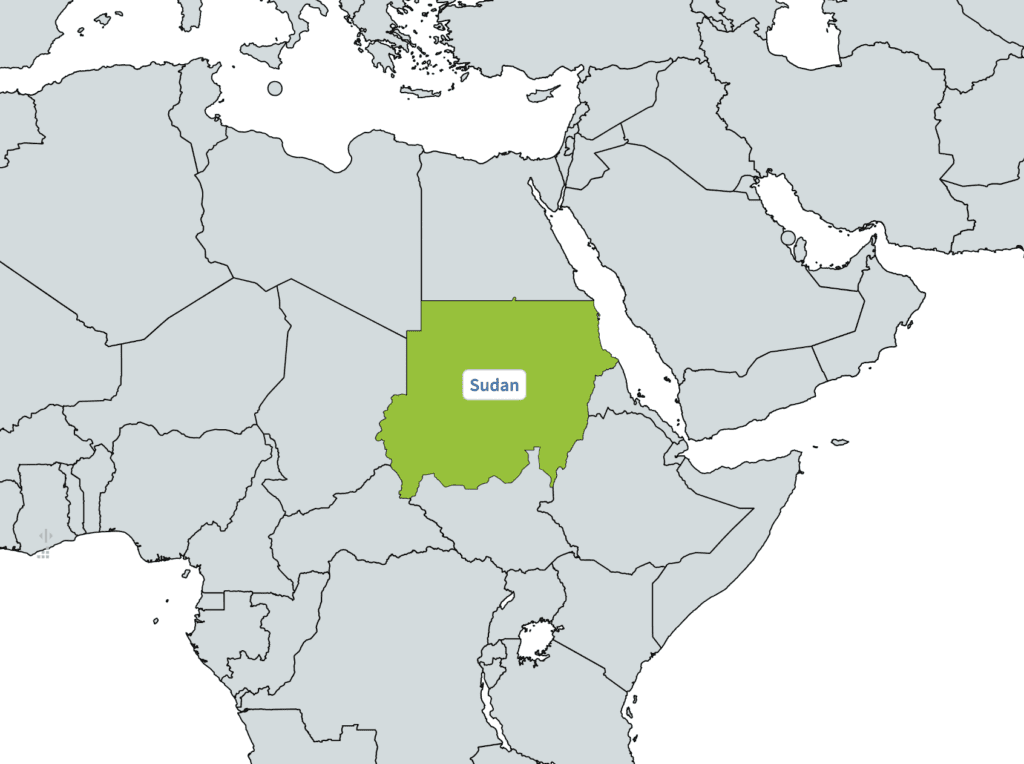
What’s Causing Hunger IN SUDAN?
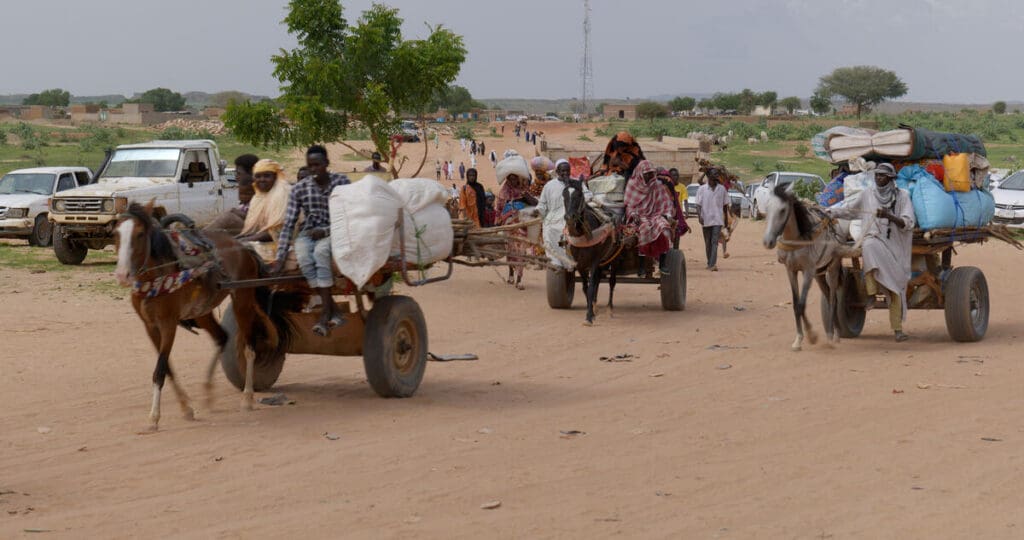
Conflict & Displacement
For years, Sudan has struggled with conflict. The most recent conflict, which began in April 2023, has created the worst displacement crisis in the world and the world’s largest hunger crisis spanning Sudan, South Sudan and Chad. WFP has mobilized an immense emergency response to support families in Sudan and neighboring countries.
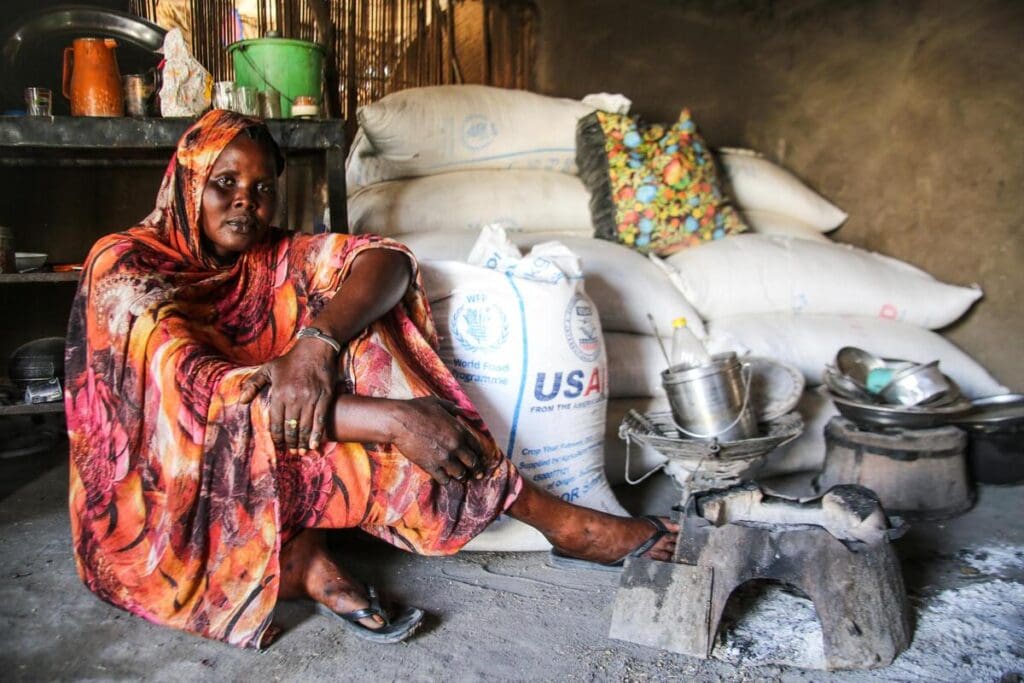
Economic Shocks
When South Sudan seceded in 2011, Sudan’s economy lost a major source of oil revenue. As a result, inflation and high food prices sent millions of people deeper into hunger.
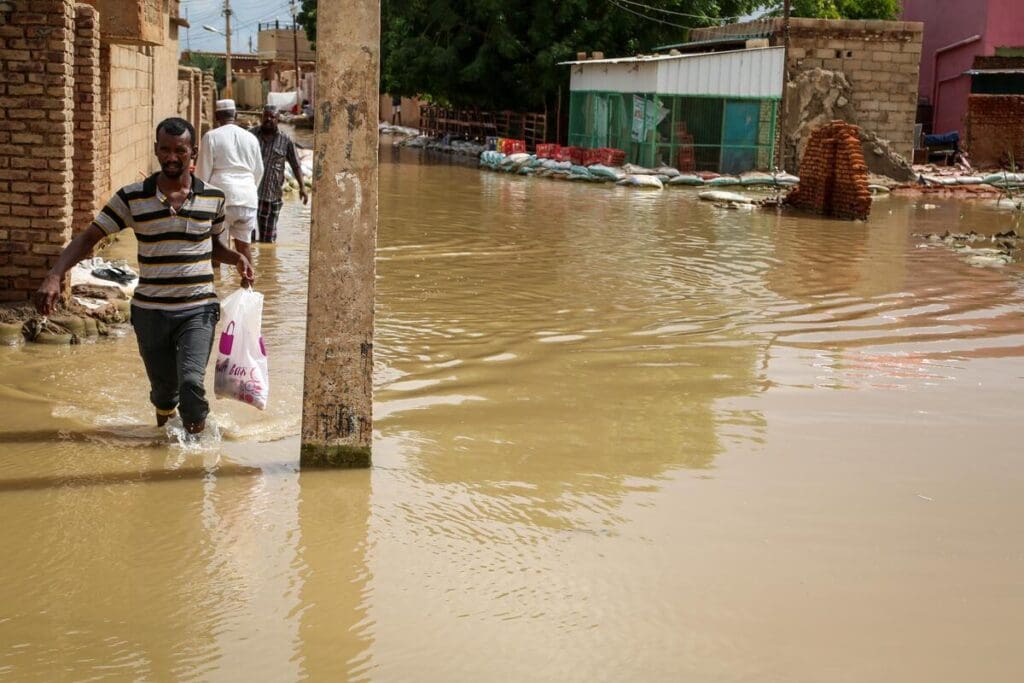
Climate Extremes
Sudan faces recurring droughts and floods that destroy crops and force migration. The climate crisis has made these natural disasters more frequent and intense, pushing more families into extreme hunger.
WFP’s Work in Sudan
WFP has been present in Sudan since 1963. We are the logistics backbone of the humanitarian response in the country and continue to provide emergency food assistance to people affected by the violent conflict.
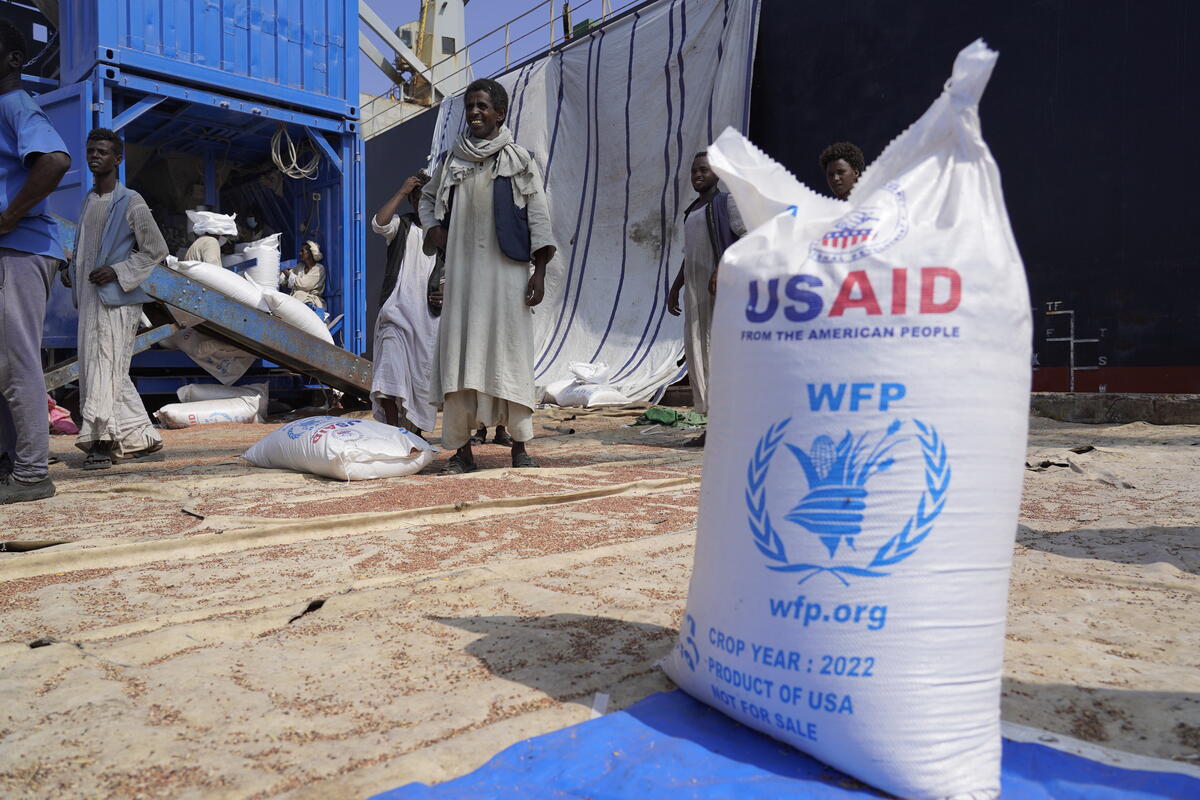
We provide food assistance to refugees, internally displaced people and other communities suffering from hunger.

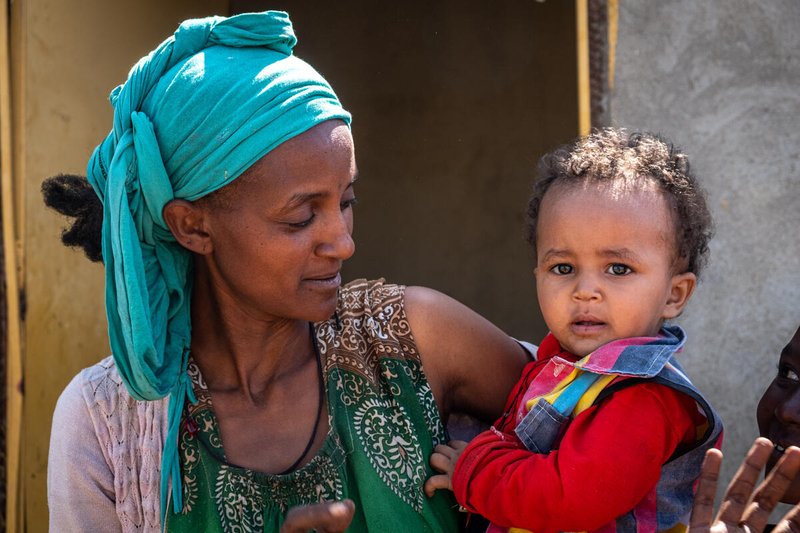
We prevent and treat malnutrition for children under the age of 5 and pregnant or breastfeeding mothers.


With tools and agricultural training, we help small-scale farmers to cut their post-harvest losses.

Help Save lives today
By giving to the U.N. World Food Programme, you help us deliver lifesaving food to vulnerable people in Sudan affected by the conflict.


